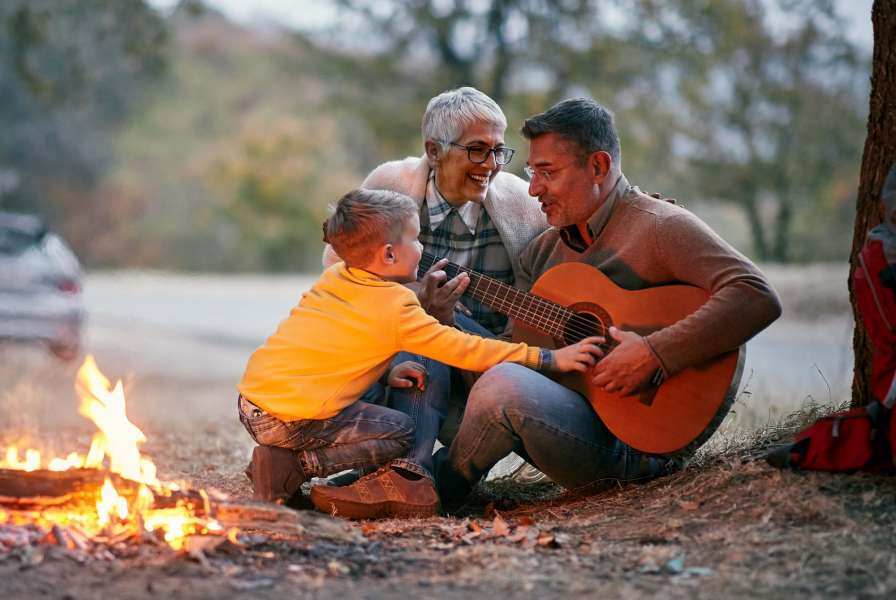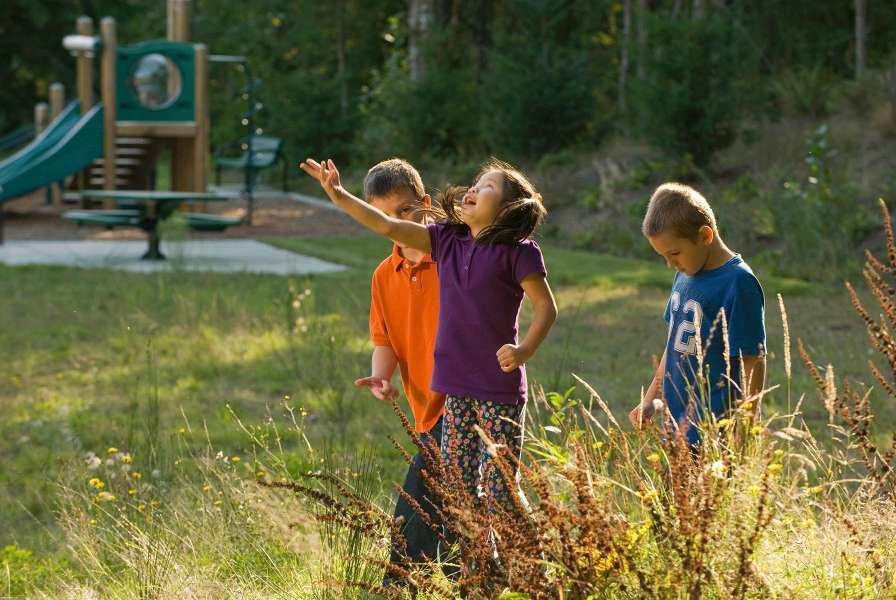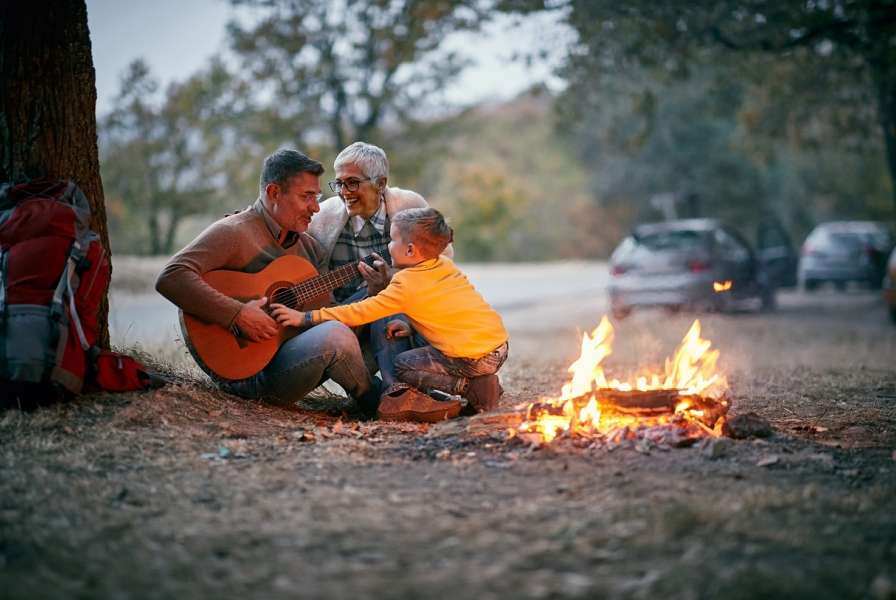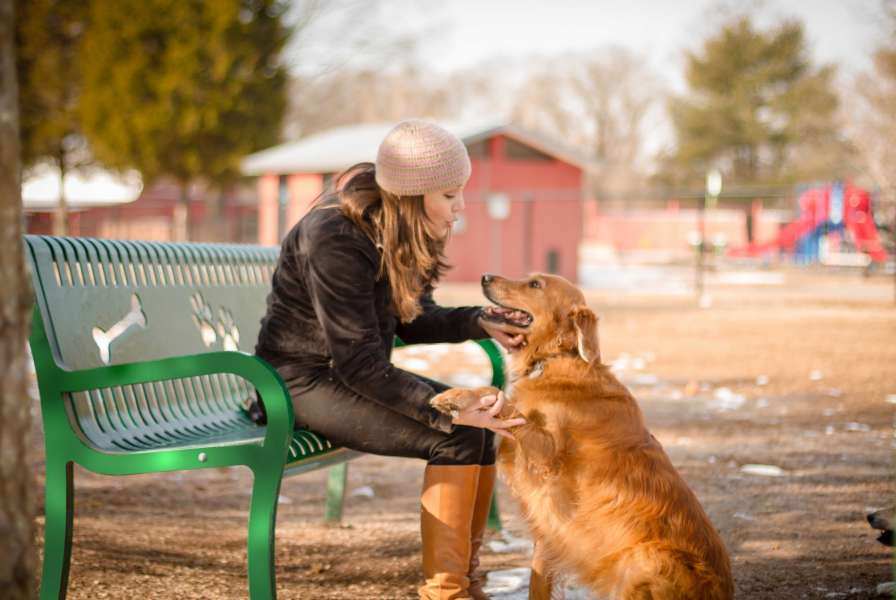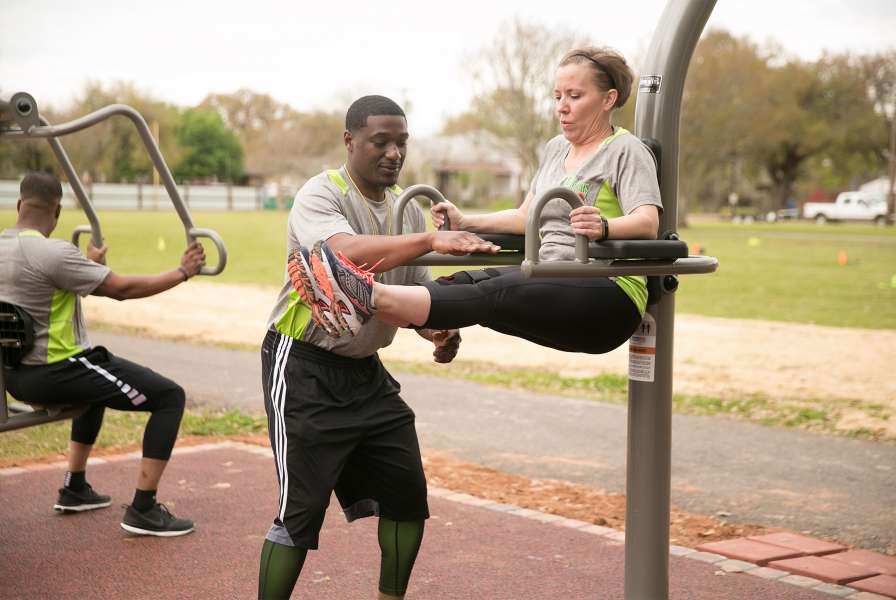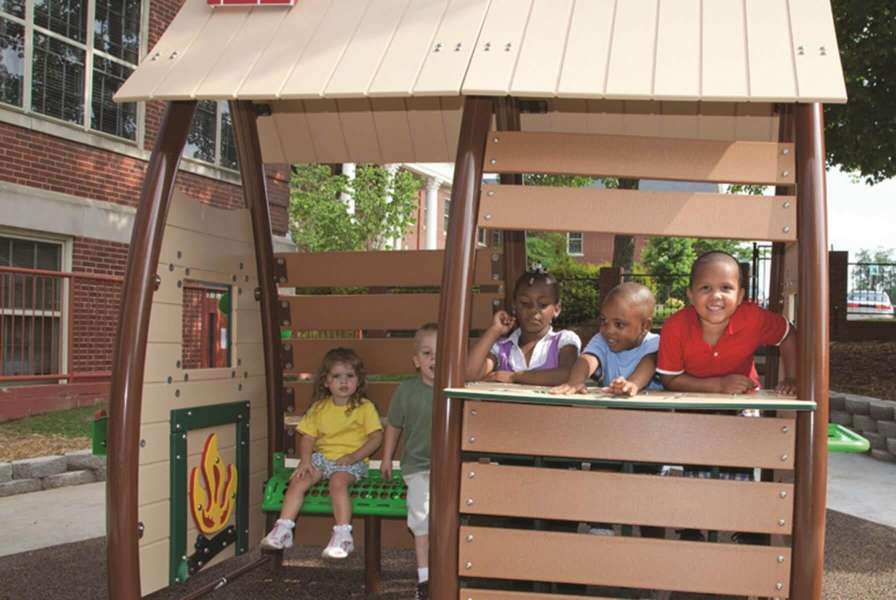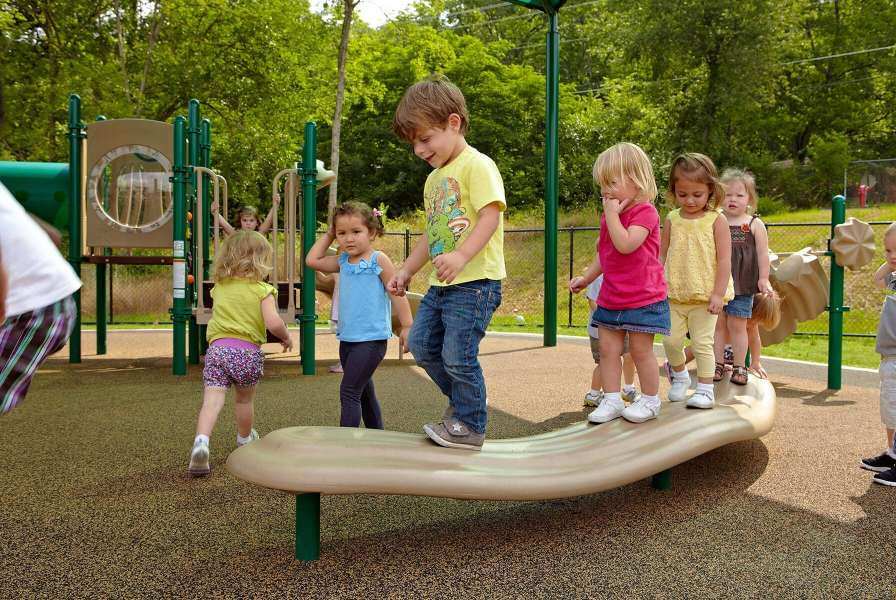The world’s population is changing. The global population aged 60 years or over numbered 962 million in 2017, more than twice as large as in 1980 when there were 382 million older persons worldwide. The number of older persons is expected to double again by 2050, when it is projected to reach nearly 2.1 billion. Accordingly, interest in using intergenerational strategies to create relevant community programs and social policy is growing. Most relative to this growth is the understanding that our civil society is based on the giving and receiving of resources across the lifespan, and understanding that intergenerational relationships promote the greater good of society.
In times past, older generations were much more involved with younger people, and vice versa. But times change, and that isn’t as much the case with today’s society for a number of reasons. Non-profit groups Generations United and The Eisner Foundation published a study titled “I Need You, You Need Me: The Young, The Old, and What We Can Achieve Together” in which all surveyed admitted we live in an age-segregated society. In this study,3 53% of American adults say that they don’t regularly spend time with individuals much older or younger than they are, outside of their family. Parents are having children later in life, and living greater distances from their own parents. Lives are busier and more scheduled as many households have two working parents and children with a busy calendar of extracurricular activities. Young people are more apt to move to new cities and/or states for meaningful work. A large number of people, including older people themselves, see social disengagement among older people with young people as a natural part of aging. There may also be differences in physical and cognitive functioning between different age groups, which leads to the occupying of separate physical spaces and different activities.
Additionally, age-segregated institutions are growing and housing centers for older people are often set apart from where younger generations live, and in fact can be entire small townships unto themselves, often in warmer climates, causing older people to move away from family resources in order to live in one of these communities. Funding streams and service delivery systems create silos that limit our ability to work together and encourage competition for scarce resources. Perceptions of older adults and youth as problems may prevent us from mobilizing these groups as valuable resources who can support each other and contribute to their communities.
All these things can drive a wedge between generations and cause people across a variety of ages to miss out on time together. Along with a poorer understanding and awareness of each other, it’s a downward spiral where negative stereotypes and attitudes can take hold too easily, and valuable opportunities for learning and social exchanges are lost.
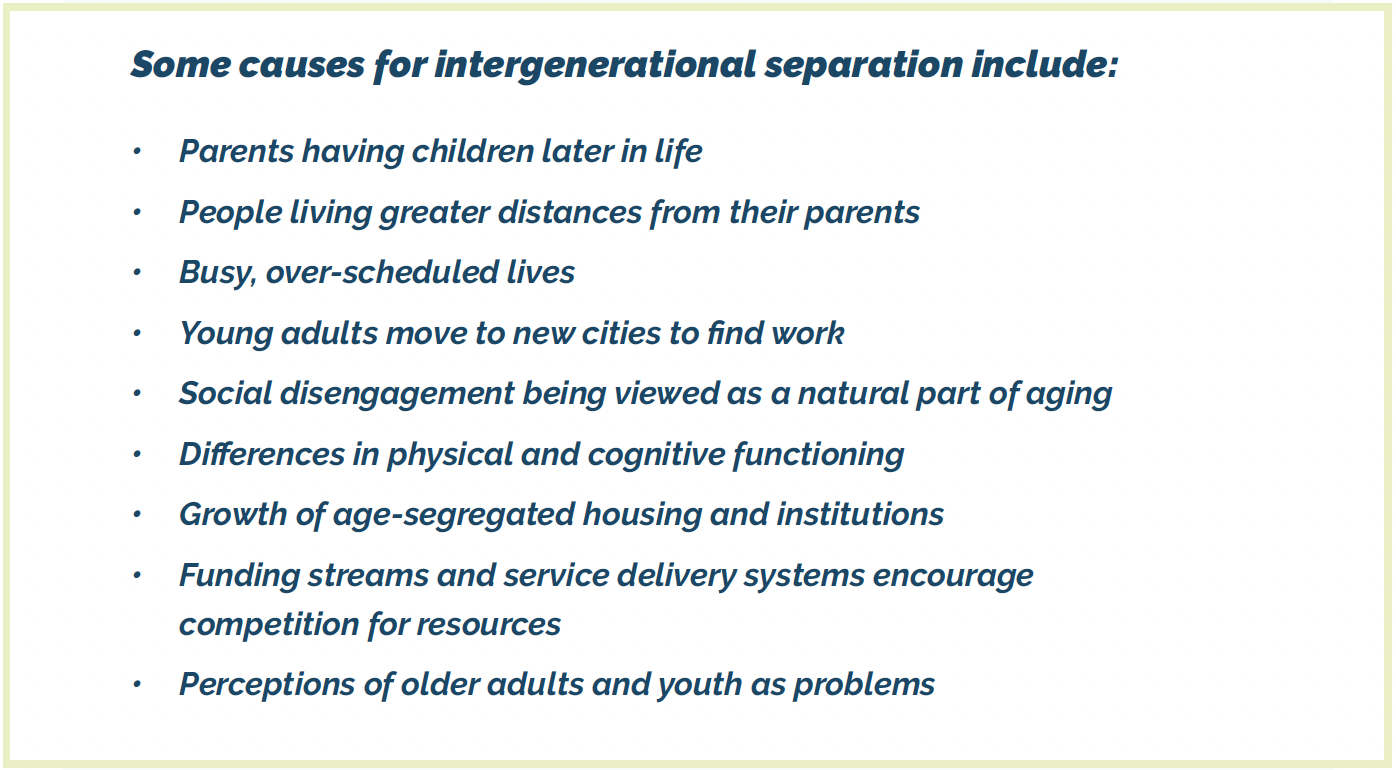
People of all ages benefit from increased physical activity, access to vitamin D, fresh air, and the reduction of health risk factors associated with outdoor activity. For children, play can provide a positive impact across all five developmental domains: physical, social-emotional, sensory, cognitive, and communicative. Being in an outdoor environment helps people relax, and can help to restore the mind from specific age-related stresses such as school, work, family pressures or loneliness. Green spaces may be particularly beneficial for older adults as they can provide safe opportunities to be active and interact with other people while stimulating the mind and senses. Additionally, access to shared public spaces can reduce overall stress, improve coping abilities, encourage multigenerational interaction, reduce social isolation, enhance relationship-building skills, and improve or maintain cognitive function. The demand for quality children and youth services compounded with the increasing need for creative older adult programs creates an environment ripe for innovative intergenerational spaces.
However, it’s important to note that while space may be multigenerational, it may not be intergenerational. Multigenerational simply refers to a composition—people from different generations are present. Intergenerational refers to an active exchange or connection between and among the generations, and this is where there is a great opportunity to enrich both people and the environment while promoting a wealth of positive benefits for all.
